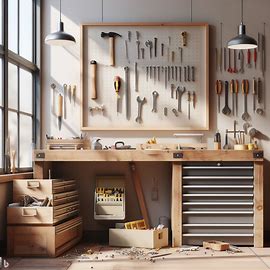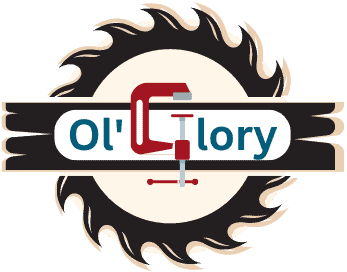Tool Box
Use the right tool for the job, and the job will be easier.

Let’s unpack the tool box
*This page is a work in progress*
These tools and platforms have become popular in the industry due to their ability to simplify and streamline the design process. They help designers create accurate, detailed plans and models, which can improve communication with clients and contractors, reduce errors, and ensure the successful completion of the project.
When choosing tools, consider the size and scope of your project. For small residential jobs, you may be able to get by with basic tools. However, for larger commercial jobs, investing in higher-quality tools and equipment can increase efficiency and provide a better end result. Always remember to follow safety guidelines when working with drywall tools.
Safety should always be your first priority when working with electrical systems. Always use tools that are insulated and rated for the voltage level you’re working with. I promise you don’t want to mess around with live wires and current! It’s best to always be prepared with the proper tools for a job, and that includes having the right electrical safety gear.
If you fail to follow proper safety protocol, the result is pain if you are lucky and death if you are not. BE CAREFUL! Shut off all electrical current before touching anything.
Each of these tools has a specific purpose in exterior construction, and it’s important to have the right tool for each job. Safety equipment should always be worn to protect workers from potential hazards on the job site. As always, it’s important to use all tools and equipment in accordance with their instructions to ensure safety and efficiency.
The right finish makes all the difference. Learn how to paint, stain, and add those final touches that make your work look professional.
Remember, the type of roof material and roof pitch may require specific tools or techniques. Always research and prepare appropriately before starting a roofing project.
Recent “Tool of the week”
No posts
